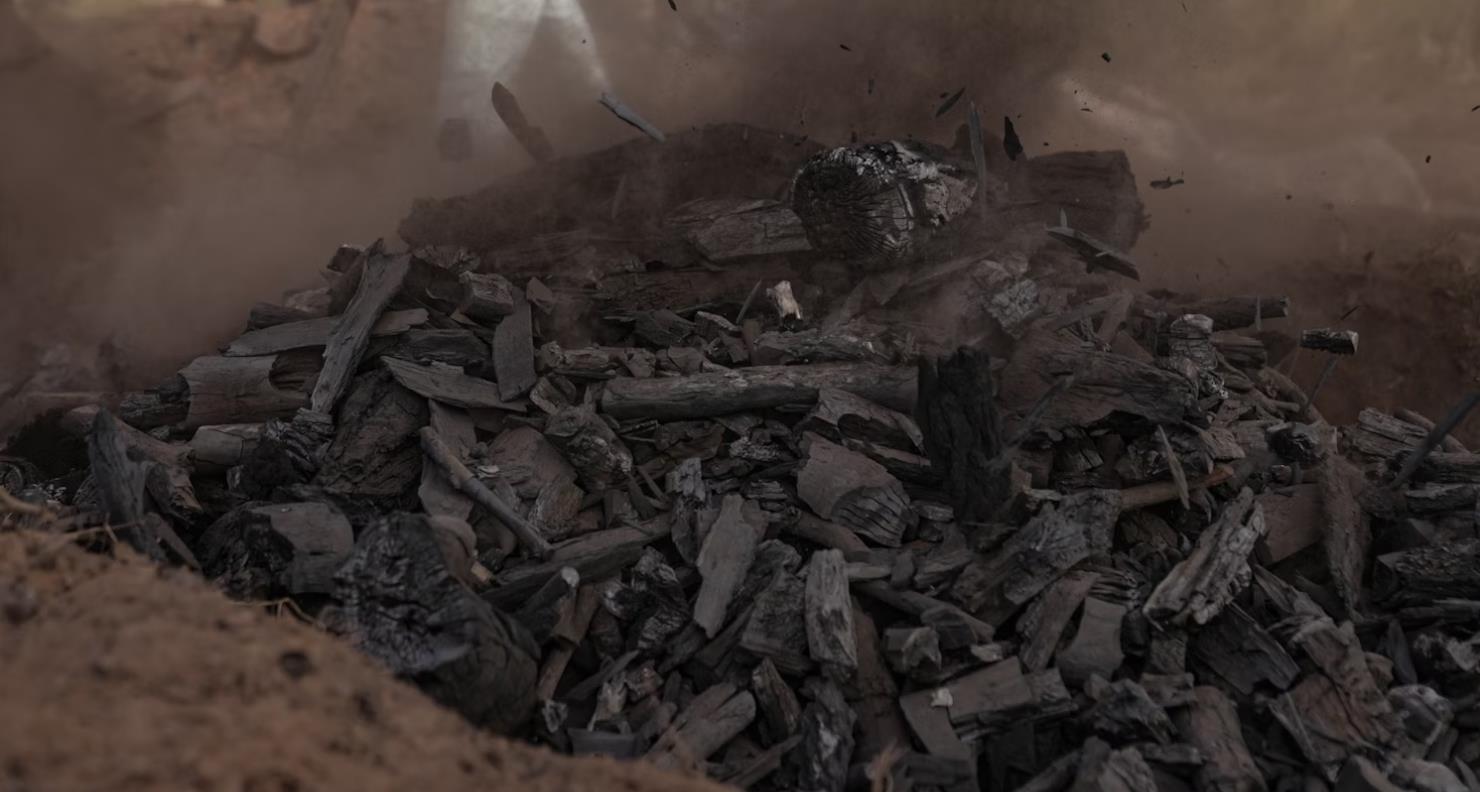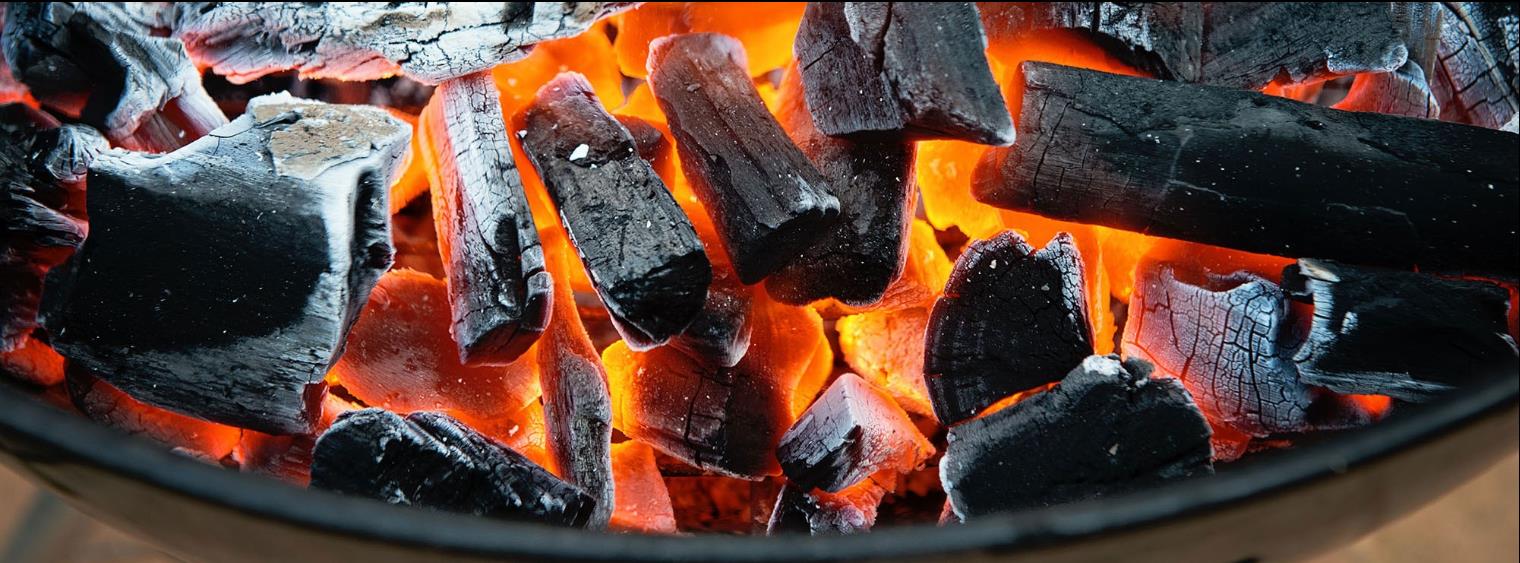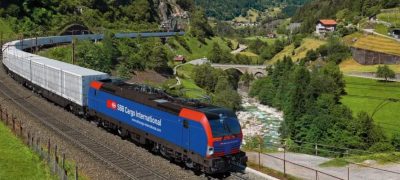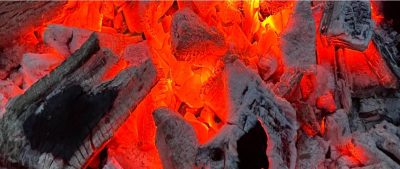Charcoal Part 2.
The use of charcoal is still controversial as the process of converting wood into charcoal results in significant energy losses, requiring significantly more forest resources to produce the same amount of energy.
This has led to many countries like Kenya, Tanzania, Gambia, etc., imposing bans on this type of wood fuel. However, these bans have not had much success and the use of charcoal continues to grow under the pressure of increasing urbanization. Charcoal burns cleaner than wood or dried biomass, producing higher temperatures, and is cheaper to transport and store.
For these reasons, there is a resurgence of interest in charcoal as a fuel and steps need to be taken to promote improved charcoal production technologies and thus reduce the amount of raw biomass required.
The production of charcoal is a labor-intensive process that employs a large number of people at different stages of the process and distribution. This production generates from 200 to 350 man-days of employment per terajoule of energy compared to 10 man-days per terajoule for kerosene.
The European market is almost entirely represented by small and medium-sized businesses focused on selling charcoal for cooking – this allows them to obtain the highest price with the current production technology.
However, this market segment (charcoal for shashlik, barbecue, etc.) is characterized by pronounced seasonality and limitations, which does not allow for building a sustainable business.
There is potential for increasing the consumption and production of wood fuel in Europe and the rest of the UNECE region. Its implementation will depend on the prices of competing types of energy, as well as on government policies in the field of using renewable energy sources, reducing greenhouse gas emissions and ensuring forest sustainability.
According to the baseline scenario of the forecast for the UNECE region, the increase in production and consumption of wood fuel will be insignificant or moderate.
Macroenvironmental factors have a largely negative impact on the development of charcoal. Among the most negative factors in the market are: pronounced seasonality of demand, tense foreign policy situation, reduction of incomes of the population, decline in population both due to natural depopulation and due to geopolitical challenges associated with the unstable political situation in the world.
Although on a global scale, charcoal consumption can be expected to decrease in the near future, locally or in individual countries (developing and developed) it can still increase as a result of new opportunities in the industrial market of “green energy”.
Despite the fact that the endless pursuit of charcoal around the world represents a disproportionate burden on the forests of sub-Saharan Africa, Asia and South America, creating environmental threats, charcoal will remain a key part of global energy consumption for decades to come.
This section examines the dynamics of charcoal production in the world from 2000 to 2022, segmentation and volume of world production by region, TOP-10 charcoal producing countries in 2022, charcoal production in the EU, the charcoal market, export and import of this type of product in 2022, touching upon competitive analysis of the market.






